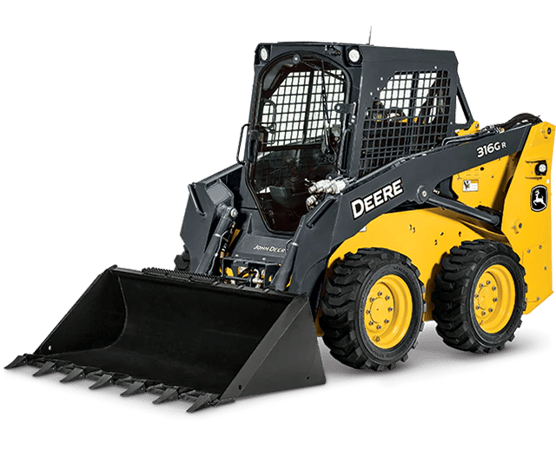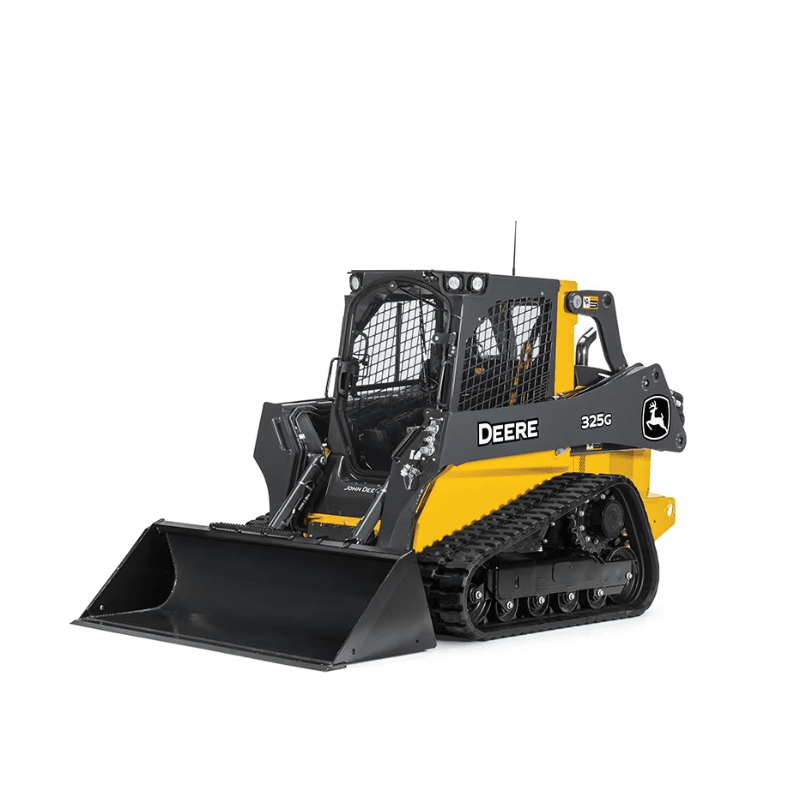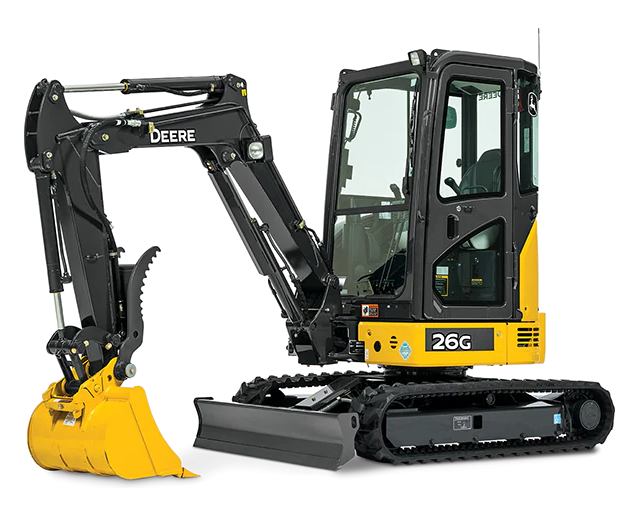Dozer Rental: Powerful Earthmoving Equipment for Your Construction Requirements
Dozer Rental: Powerful Earthmoving Equipment for Your Construction Requirements
Blog Article
Optimize Your Budget Plan by Comprehending the Costs Related To Building Equipment Rentals
Understanding the full range of prices associated with building and construction equipment leasings is critical for optimizing your budget. What methods can be used to efficiently handle these expenses and make certain a more efficient rental experience?
Review of Rental Expenses
When considering building and construction equipment services, comprehending the linked expenses is paramount for efficient budgeting and project preparation. Rental costs can vary significantly based on numerous elements, consisting of equipment kind, period of leasing, and area. The initial rental charge often shows the tools's market demand and its connected functional capabilities, affecting the overall cost.
In enhancement to the base rental rate, supplementary prices may develop, such as transport fees, fuel additional charges, and upkeep costs. It is vital to account for these additional costs to properly analyze the complete price of leasing devices. Moreover, the rental duration can influence pricing; longer leasings may get affordable rates, while short-term leasings may sustain greater everyday costs.

Malfunction of Rental Prices
A detailed understanding of rental rates is important for professionals and project supervisors intending to maximize their budget plans. Rental rates for construction tools commonly contain a number of components, including base prices, time-based fees, and usage costs.
Base prices are the core fees connected with the service of the equipment, typically determined by the kind and size of the equipment. These prices can vary significantly, affected by aspects such as equipment need, schedule, and regional market trends. Time-based costs, which may be daily, weekly, or monthly, offer to fit different task timelines and rental durations.
Additionally, rental prices may consist of usage costs, which apply when equipment is made use of beyond a defined threshold, ensuring that the rental business can account for damage. Seasonal demand variations can likewise influence rental prices, with peak building seasons commonly regulating higher prices.
Moreover, comprehending the rental company's plans regarding maintenance and insurance can give further understanding into the general price structure. By examining these components, service providers can make informed choices, making certain the selection of rental devices straightens with both project demands and spending plan constraints.
Extra Costs to Take Into Consideration
Understanding the complexities of extra charges is vital for service providers to manage their overall rental expenses effectively. Beyond the conventional rental rates, different auxiliary costs can dramatically influence the complete price of tools leasing. These charges commonly consist of shipment and pickup fees, which can vary based on range and logistics associated with moving the tools to and from the work website.
Additionally, some rental business may impose gas additional charges if the devices is returned with less fuel than when rented out. It is additionally important to be mindful of possible cleaning fees, particularly see page for customized tools that needs extensive maintenance after usage.

Thoroughly assessing the rental contract and clarifying these added charges upfront can aid professionals make sure and avoid unforeseen costs that budget plans remain undamaged throughout the project lifecycle.
Upkeep and Repair Expenditures
Regular upkeep and repair costs are frequently forgotten elements that can dramatically influence the total cost of building equipment leasings. When renting out equipment, it is vital to consider not only the rental costs but likewise the possible site link costs connected with maintaining the equipment in optimal operating condition.
Several rental companies include fundamental upkeep as component of the rental agreement; nevertheless, extra unforeseen malfunctions or considerable repairs can result in extra costs. It's necessary to review the rental contract thoroughly to comprehend what upkeep solutions are covered and what duties drop on the occupant.
Furthermore, equipment that is not well-maintained can result in ineffectiveness at work site, potentially boosting and triggering delays job expenses. To reduce these dangers, it is recommended to conduct regular inspections and maintain open interaction with the rental supplier pertaining to any type of concerns that emerge throughout usage.
Insurance Policy and Responsibility Expenses
Insurance coverage and obligation costs are crucial elements that can dramatically influence the total expenditure of building and construction tools leasings (heavy equipment rental). These prices make sure that both the rental company and the customer are secured from prospective financial losses emerging from mishaps, damage, or burglary during the rental duration

Additionally, customers should be conscious of any kind of deductibles or exclusions in the insurance plan, as these can impact possible out-of-pocket expenses. Comprehending the terms and conditions of any type of insurance policy coverage is important to stay clear of unexpected expenses. Inevitably, budgeting for insurance and obligation expenditures can help guarantee a smoother rental experience and secure versus financial dangers connected with building and construction projects.
Final Thought
In conclusion, a comprehensive understanding of the prices linked with building equipment rentals is essential for reliable budget plan administration. Ultimately, educated decision-making pertaining to devices rentals adds to the general success of building endeavors.
Rental prices can vary significantly based on numerous aspects, including equipment kind, duration of service, and place (heavy equipment rental). The rental duration can impact rates; longer rentals might qualify for affordable rates, while temporary leasings could incur greater everyday costs
By carrying out thorough study and engaging with reputable rental business, contractors can successfully browse the complexities of rental rates, ultimately optimizing their financial resources.
Past the content basic rental prices, various supplemental costs can considerably influence the total expense of tools rental. Rental business usually offer liability insurance coverage that covers injuries to 3rd parties or damages to property, while tools damage insurance coverage can cover the expense of fixings or replacement if the leased devices is harmed.
Report this page